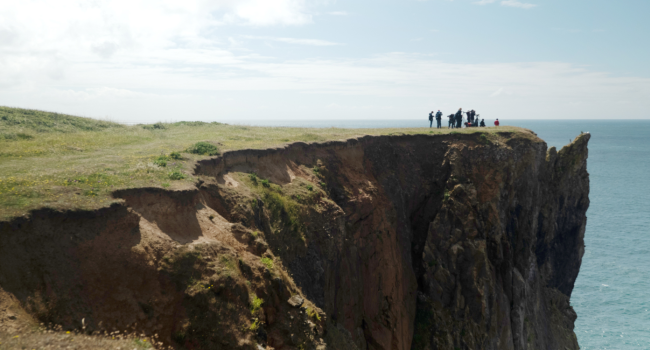When speed matters: The importance of flight speed in an avian collision risk model

Author(s): Masden, E.A., Cook, A.S.C.P., McCluskie, A., Bouten, W., Burton, N.H.K. & Thaxter, C.B.
Published: June 2021
Publisher: Elsevier
Journal: Environmental Impact Assessment Review Volume: 90
Digital Identifier No. (DOI): 10.1016/j.eiar.2021.106622
Abstract
Renewable energy continues to grow globally, and the number of offshore wind farms is set to increase. Whilst wind energy developments provide energy security and reduced carbon budgets, they may impact bird populations through collision mortality, habitat modification and avoidance. To date, avian collision mortality has received the most attention and collision risk models have been developed to estimate the potential mortality caused by wind turbines. The utility of these models relies not only on their underlying assumptions but also on the data available to ensure the predictions are informative. Using a stochastic collision risk model (sCRM; based on the Band collision risk model) as an example, we explore the importance of bird flight speed and consider how the assumptions of the model influence the sensitivity to flight speed. Furthermore we explore the consequences of using site-specific GPS-derived flight speed rather than a standard generic value, with Lesser Black-backed Gulls Larus fuscus as an example, and consider how this generic value is currently used. We found that the model was most sensitive to the parameters of bird density, non-avoidance rate and percentage of birds at collision risk height, as well as bird flight speed. Using site-specific flight speed data derived from GPS tags rather than a standard value reduced the predicted number of collisions. We highlight that within the model, both the estimation of the probability of collision (PColl) and the flux of birds are sensitive to the bird flight speed; this sensitivity acts in opposite directions but the two do not necessarily balance out. Therefore, when the sCRM is used as generally done, there is little difference in collision estimates if airspeeds (bird flight speed relative to air through which it is moving) are used rather than groundspeeds (bird flight speed relative to ground). Estimates of seabird collision rates in relation to offshore wind farms are impacting future offshore wind development. By using site specific flight speed estimates and, accounting for different speeds in relation to wind direction, we demonstrate that cumulative collision estimates can be affected, highlighting the need for more representative flight speed data and where possible site-specific data.
Staff Author(s)








Share this page